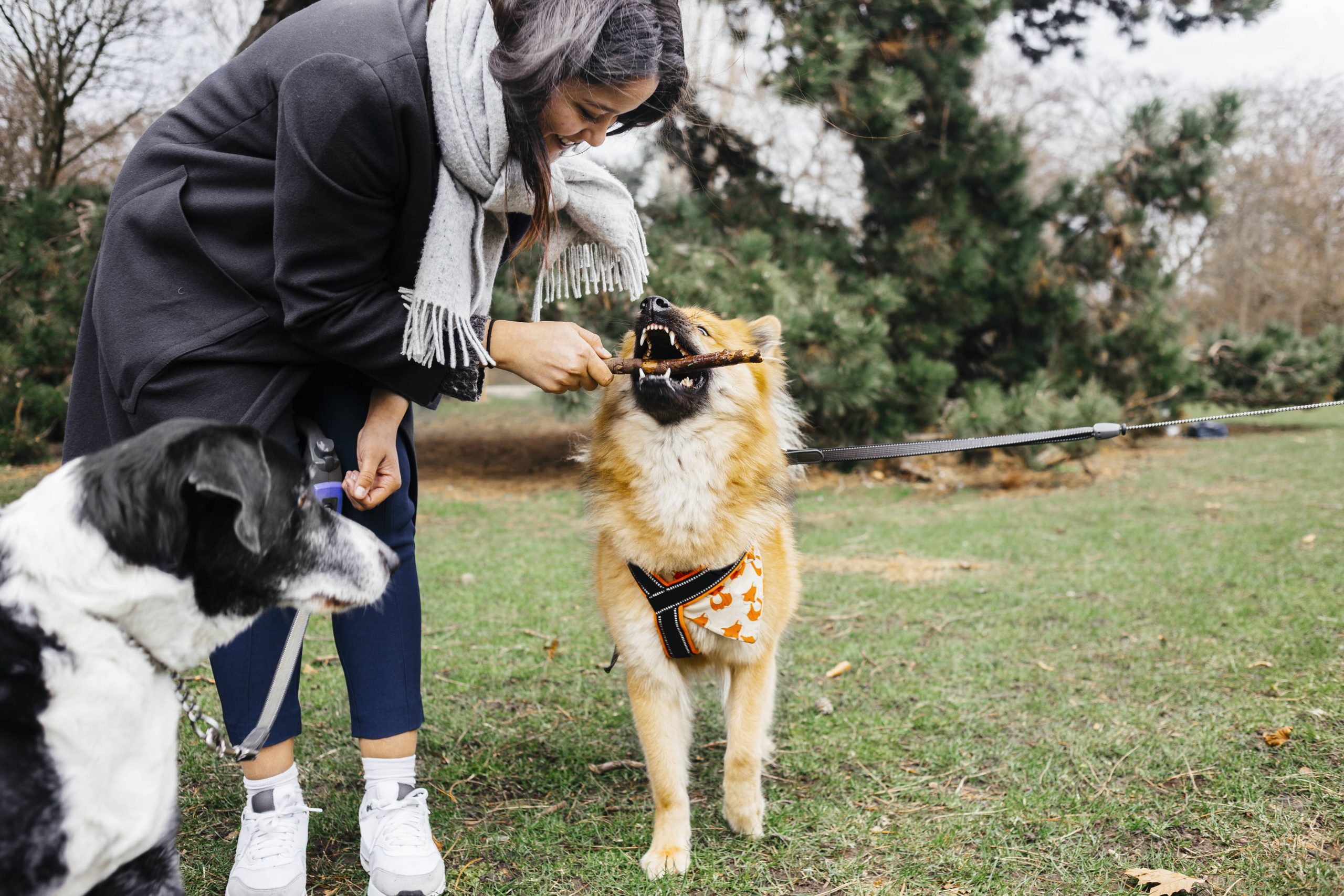
—
An Introduction to Crate Training: Benefits, Drawbacks, and Useful Tips
For many pet owners, especially new dog parents, crate training is a hot topic with a wide range of opinions. Crate training is a technique that, when used appropriately, can provide a safe and comfortable space for your dog while also aiding in various aspects of their training and behavior. However, it is important to understand both the benefits and drawbacks of this training method, as well as the best practices to ensure your furry friend has a positive experience. Let’s take an in-depth look at crate training, its pros and cons, and some practical tips to get you started.
The Benefits of Crate Training
1. Housetraining Aid: One of the primary reasons people turn to crate training is for housetraining purposes. Dogs naturally avoid soiling their sleeping areas. By using a crate, you can take advantage of this instinct, making it easier for your dog to learn when and where it is appropriate to relieve themselves.
2. Safety and Security: A crate provides a safe and secure space for your dog, particularly when you are not home. It can prevent your pet from getting into hazardous situations, such as chewing on electrical cords or ingesting harmful substances.
3. Travel Convenience: Crate training your dog can make travel more convenient and safer. Many dogs feel more at ease in new environments when they have a familiar space, and crates are often required or recommended for traveling by car or plane.
4. Eases Anxiety: Providing a crate can help reduce anxiety in some dogs. It acts as a retreat where they can relax and feel secure, particularly during stressful situations like thunderstorms or fireworks.
5. Encourages Discipline and Routine: Crate training can help establish a routine and promote good behavior. With a set schedule for crate time, your dog will become accustomed to a structured environment, which often translates to less anxiety and better overall behavior.
The Drawbacks of Crate Training
1. Misuse Potential: One of the main concerns with crate training is the potential for misuse. Leaving a dog in a crate for extended periods without sufficient exercise, socialization, and bathroom breaks can lead to negative outcomes, such as anxiety, depression, and behavioral issues.
2. Not Suitable for All Dogs: While many dogs thrive with crate training, it is not suitable for every canine. Some dogs may have negative associations with confinement or past traumatic experiences that make crate training challenging or counterproductive. It is essential to consider your dog’s individual temperament and history.
3. Initial Resistance: Some dogs might initially resist being confined to a crate. This can lead to whining, barking, and destructive behavior as they try to escape. Patience and a gradual introduction are crucial to overcoming this hurdle.
Useful Tips for Successful Crate Training
1. Choose the Right Crate: Selecting the appropriate crate size is fundamental to successful crate training. The crate should be large enough for your dog to stand up, turn around, and lie down comfortably but not so large that they have extra space to use as a bathroom area. Different types of crates, such as wire, plastic, or fabric, should also be considered based on your dog’s preferences and your lifestyle needs.
2. Create a Positive Association: Your dog should view the crate as a positive and inviting space. Begin by placing it in a commonly used area of your home and leaving the door open. Encourage your dog to explore the crate by placing treats, toys, or a comfortable blanket inside. Gradually progress to feeding your dog meals in the crate to enhance this positive association.
3. Gradual Introduction: When introducing your dog to the crate, start with short periods and gradually increase the duration. Begin with a few minutes and slowly work up to longer intervals, always monitoring your dog’s comfort level and adjusting as needed.
4. Consistency is Key: Consistency in crate training is essential. Establish a routine for when your dog will be crated (e.g., during meals, naps, bedtime) and stick to it. Consistency helps your dog understand what to expect and feel more secure with the routine.
5. Never Use the Crate as Punishment: The crate should always be a positive space, never used for punishment. Associating the crate with negative experiences will hinder the training process and create anxiety or fear around the crate.
6. Regular Breaks and Exercise: Ensure your dog has plenty of opportunities for exercise, play, and bathroom breaks. A tired dog is more likely to rest peacefully in the crate, while a lack of physical and mental stimulation can lead to restlessness and frustration.
7. Monitor Behavior: Keep an eye on your dog’s behavior during crate training. Signs of distress, such as excessive whining, barking, or attempts to escape, may indicate that the training pace is too fast or that adjustments are needed in the approach.
Conclusion
Crate training can be a valuable tool for pet owners, providing benefits such as housetraining, safety, and security, while helping to establish a routine for your dog. However, it is vital to recognize and mitigate the potential drawbacks and to approach crate training with patience, consistency, and an understanding of your dog’s individual needs. Using positive reinforcement and creating a welcoming environment within the crate will help ensure a successful and stress-free experience for both you and your canine companion. With the right approach and dedication, crate training can be a positive, rewarding journey for you and your pet.
—
Crate training, when done correctly, can be an extremely beneficial part of your dog’s upbringing. Remember, every dog is different, so always stay attentive to the unique needs and behaviors of your furry friend.






